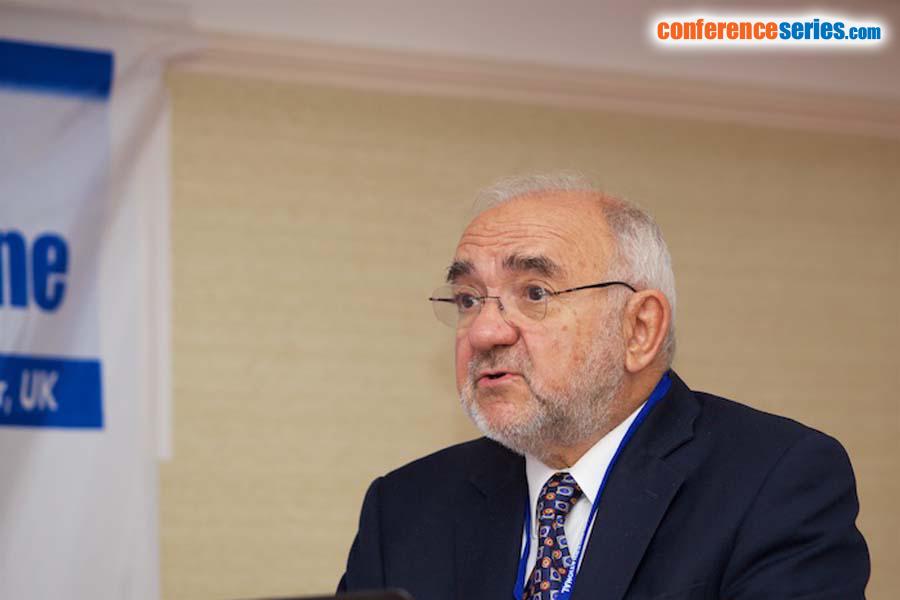
Barritault Denis
OTR3, France
Title: The importance of extra cellular matrix organization and the use of RGTA technology in regenerative medicine
Biography
Biography: Barritault Denis
Abstract
Heparan sulfates (HS) are key elements of the extracellular matrix (ECM), which store and protect various cell communication peptides (CCP). HS play a central role in tissue homeostasis, by modulating the bioavailability of CCP hence controlling the cell migration and differentiation required for healing processes. Tissue injury will lead to destruction of cells and surrounding ECM is destroyed. CCPs synthesized by inflammatory and circulating cells can then promote tissue repair but with a loss of tissue quality, leaving scars or fibroses. We have engineered biodegradable nano-polymers mimicking the HS. They bind to the structure proteins of the damaged ECM and to the CCP produced by healthy neighboring cells, thereby restoring the ECM microenvironment and tissue homeostasis. This matrix therapy approach has considerably improved the quality of healing in various animal models with reduction or absence of fibrosis resulting in a real regeneration process. These HS mimetics have therefore been named RGTA, for ReGeneraTing Agents. The RGTA technology has been validated in over 80 published preclinical studies and is now marketed as a human healing agent both for corneal and skin ulcers. RGTA are in development for more tissue injuries including mucosis, tendon and muscle. Altogether this study underline the potential of RGTAs as a new therapeutic class in the field of regenerative medicine, simple safe and exploiting our natural potential without need for exogenous cells supply but can combine with cell therapy to restore cellular microenvironment and favor homing.
Speaker Presentations
Speaker PPTs Click Here





